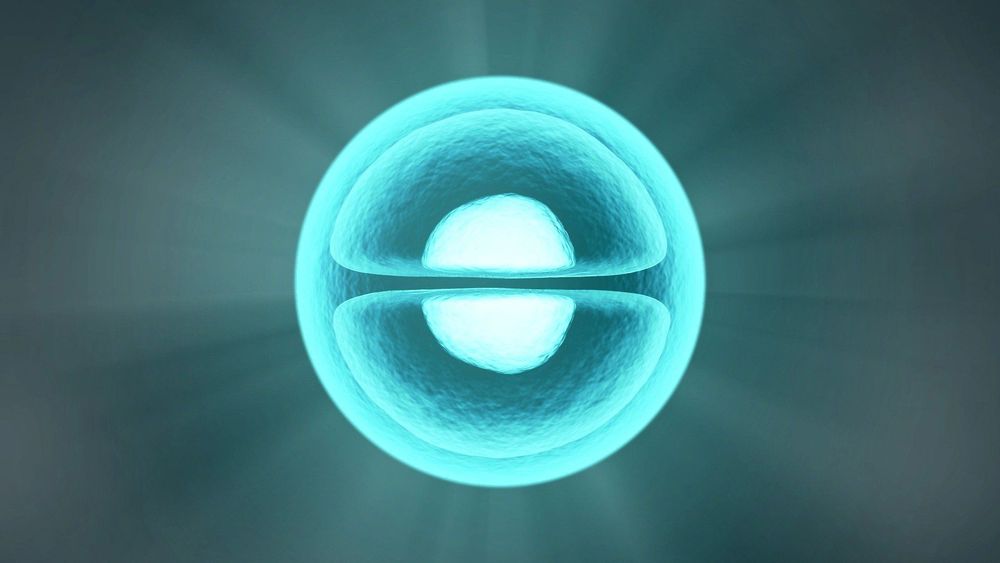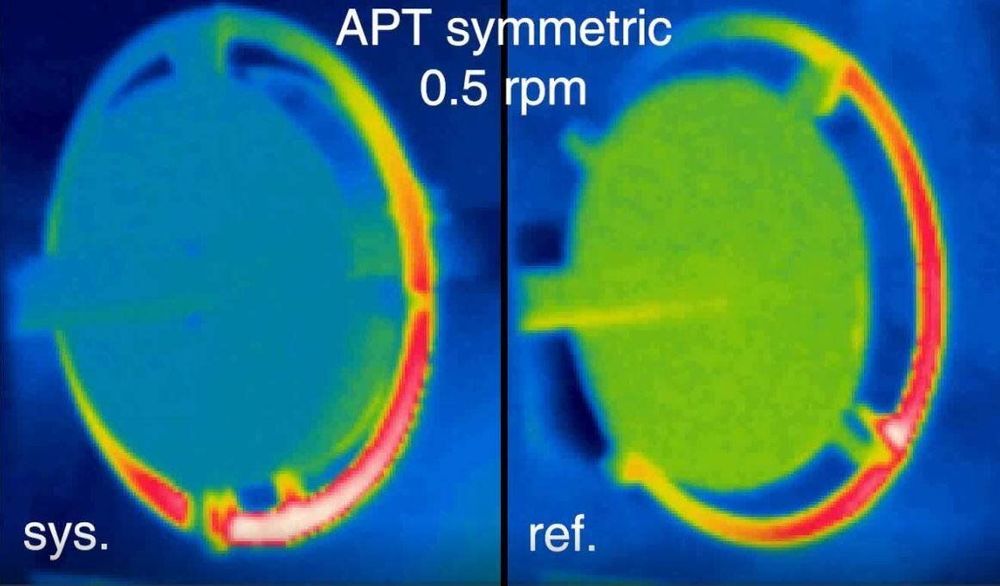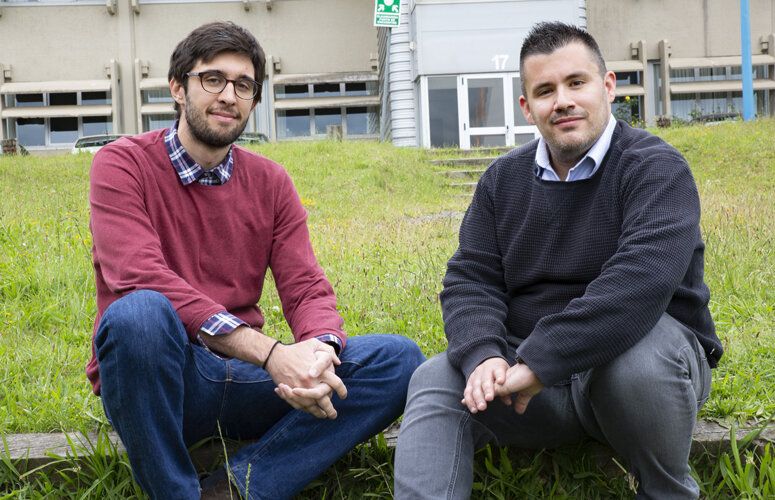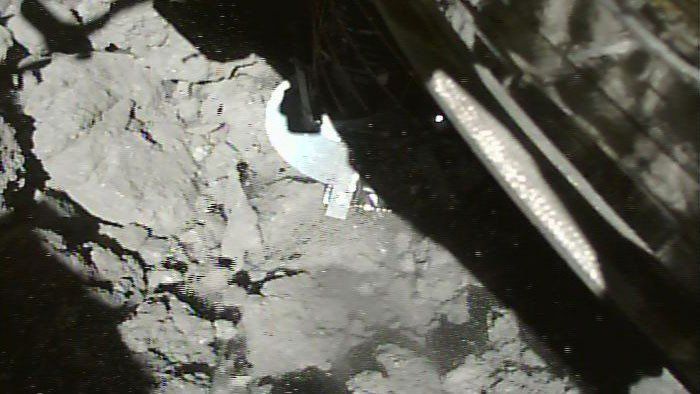Get the latest international news and world events from around the world.

At Last, AI beats professionals in six-player poker
An artificial intelligence program developed by Carnegie Mellon University in collaboration with Facebook AI has defeated leading professionals in six-player no-limit Texas hold’em poker, the world’s most popular form of poker.
The AI, called Pluribus, defeated poker professional Darren Elias, who holds the record for most World Poker Tour titles, and Chris “Jesus” Ferguson, winner of six World Series of Poker events. Each pro separately played 5,000 hands of poker against five copies of Pluribus.
In another experiment involving 13 pros, all of whom have won more than $1 million playing poker, Pluribus played five pros at a time for a total of 10,000 hands and again emerged victorious.

Quantum sensor breakthrough using naturally occurring vibrations in artificial atoms
A team of scientists, led by the University of Bristol, have discovered a new method that could be used to build quantum sensors with ultra-high precision.
When individual atoms emit light, they do so in discrete packets called photons.
When this light is measured, this discrete or ‘granular’ nature leads to especially low fluctuations in its brightness, as two or more photons are never emitted at the same time.

Scientists discover how to ‘lock’ heat in place using quantum mechanics
A ground-breaking study conducted by researchers from the National University of Singapore (NUS) has revealed a method of using quantum mechanical wave theories to “lock” heat into a fixed position.
Ordinarily, a source of heat diffuses through a conductive material until it dissipates, but Associate Professor Cheng-Wei Qiu from the Department of Electrical and Computer Engineering at the NUS Faculty of Engineering and his team used the principle of anti-parity-time (APT) symmetry to show that it is possible to confine the heat to a small region of a metal ring without it spreading over time.
In the future, this newly demonstrated phenomenon could be used to control heat diffusion in sophisticated ways and optimize efficacy in systems that need cooling. The results of the study were published on 12 April 2019 in the journal Science.

Secure quantum communications in the microwave range for the first time
Mikel Sanz, of the Physical Chemistry Department of UPV/EHU, leads the theoretical group for an experiment published by the prestigious journal, Nature Communications. The experiment has managed to prepare a remote quantum state; i.e., absolutely secure communication was established with another, physically separated quantum computer for the first time in the microwave regime. This new technology may bring about a revolution in the next few years.
Within the greater European project of the Quantum Flagship, spearheaded by Mikel Sanz—researcher of the QUTIS Group of the UPV/EHU Physical Chemistry Department—an experiment has been conducted in collaboration with German and Japanese researchers who have managed to develop a protocol for preparing a remote quantum state while conducting communication in the microwave regime, “which is the frequency at which all quantum computers operate. This is the first time the possibility of doing so in this range has been examined, which may bring about a revolution in the next few years in the field of secure quantum communication and quantum microwave radars,” lead researcher in this project Mikel Sanz observes.
The preparation of a remote quantum state (known as remote state preparation) is based on the phenomenon of quantum entanglement, where sets of entangled particles lose their individuality and behave as single entities, even when spatially separated. “Thus, if two computers share this quantum correlation, performing operations on only one of them can affect the other. Absolutely secure communication can be achieved,” Sanz explains.

A Japanese spacecraft just grabbed more rocks from the asteroid Ryugu
Japanese spacecraft landed on the asteroid surface.
Hayabusa2 has collected a second sample from the asteroid’s surface. It could give us a unique insight into how the early solar system was formed.
The procedure: After a few hours of maneuvering, the spacecraft touched down on Ryugu’s surface at 9:15 p.m. US Eastern time yesterday. It then fired a bullet into the asteroid and collected some of the debris stirred up by the shot. The Japanese space agency JAXA tweeted that the mission had been a success and that the space probe had now left the surface again. It’s the second sampling mission after a similar one in April, and it required particularly careful preparations, because any problems could cause the materials gathered during the first operation to be lost. In April, Hayabusa2 had also fired a copper bomb into the asteroid’s surface to expose the rocks beneath, in anticipation of today’s mission.
Next steps: Hayabusa2 is scheduled to return to Earth at the end of this year, but before it does it has a final task: deploying a smaller rover called MINERVA-II2 later this summer. Its primary goal will be to explore in an environment where there is very little gravity.


Almost 300,000 People Say They’re Gonna Storm Area 51
Naruto running?
A Facebook event called “Storm Area 51, They Can’t Stop All of Us” has amassed an army of memers, schemers and tinfoil hat-wearing conspirators to raid the top-secret Air Force military base in the middle of Nevada’s desert.
Over 289,000 users confirmed they’re planning to come along, while 314,000 are “interested.” It’s gotten so big that the event is grabbing the attention of local and even international media.
Needless to say, the event itself is a joke, hosted by a Facebook group called “Shitposting cause im [sic] in shambles” made up of some 20,000 meme-loving netizens. The group classifies itself as a “religious organization” on the platform.